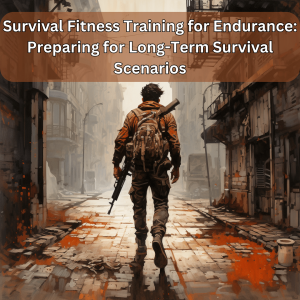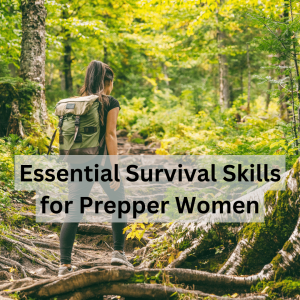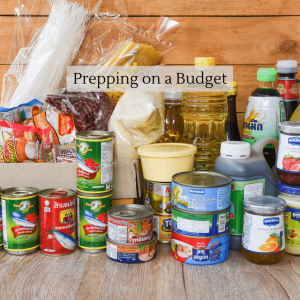Accidents and medical emergencies can occur unexpectedly, making it essential to have a well-equipped first aid kit on hand. A properly stocked first aid kit can provide immediate care and potentially save lives before professional medical help arrives. In this article, we will guide you through the process of creating a comprehensive first aid kit, outlining essential items and their uses.
How to Create a First Aid Kit for Emergency Situations
- The Container:
Start by selecting a sturdy, waterproof container to hold your first aid supplies. A transparent, easily accessible container is ideal to quickly locate and retrieve items when needed. Consider using a dedicated first aid kit bag, a tackle box, or a durable plastic container with a secure lid.
- Basic Supplies:
The following items serve as the foundation for any first aid kit:
- Adhesive bandages: Include an assortment of different sizes to cover minor cuts, scrapes, and blisters.
- Sterile gauze pads: These are useful for larger wounds and can be used to control bleeding.
- Medical adhesive tape: Secure bandages and dressings in place.
- Disposable gloves: Protect yourself and others from bodily fluids and minimize the risk of infection.
- Antiseptic wipes: Clean wounds to prevent infection.
- Tweezers: Useful for removing splinters or foreign objects from the skin.
- Scissors: Cut bandages, gauze, or clothing if necessary.
- Safety pins: Fasten bandages or create slings.
- CPR face mask: Provide a barrier while performing CPR.
- Medications and Treatments:
In addition to basic supplies, include the following medications and treatments:
- Pain relievers: Aspirin, acetaminophen, or ibuprofen can alleviate pain and reduce fever.
- Antihistamines: Treat allergies, insect bites, or stings.
- Antacids: Relieve heartburn or indigestion.
- Antibiotic ointment: Prevent infection in minor cuts and burns.
- Hydrocortisone cream: Relieve itching from insect bites, rashes, or skin irritations.
- Oral rehydration salts: Restore electrolyte balance in case of dehydration.
- Activated charcoal: Absorb ingested toxins or poisons (consult a healthcare professional before use).
- Eye drops: Relieve minor eye irritations or flush out foreign objects.
- Additional Supplies:
Consider including the following items to enhance the functionality of your first aid kit:
- Emergency blanket: Provide warmth and protection from the elements.
- Instant cold packs: Reduce swelling or relieve pain from sprains or strains.
- Triangular bandage: Create slings or immobilize limbs.
- Thermometer: Monitor body temperature.
- Emergency whistle: Signal for help in dire situations.
- Safety pins: Secure bandages, make slings, or attach splints.
- Medical adhesive tape: Secure dressings or create makeshift bandages.
- Personalize Your Kit:
Tailor your first aid kit to suit your specific needs and circumstances. Consider adding the following items based on your requirements:
- Prescription medications: Include any necessary personal medications, such as asthma inhalers or EpiPens.
- Medical history and emergency contact information: Keep a record of essential medical information for yourself and your family members.
- Extra supplies: If you have specific medical conditions, pack additional supplies, such as insulin syringes, glucose tablets, or spare eyeglasses.
A well-prepared first aid kit is an indispensable tool in emergency situations. By assembling the essential supplies and familiarizing yourself with their uses, you can provide immediate care to those in need. Remember to periodically check and replenish your first aid kit to ensure that all items are up-to-date and in good condition. While a first aid kit can assist in many situations, it is crucial to seek professional medical help when necessary. Stay prepared, stay safe, and be ready to act swiftly in times of need.





